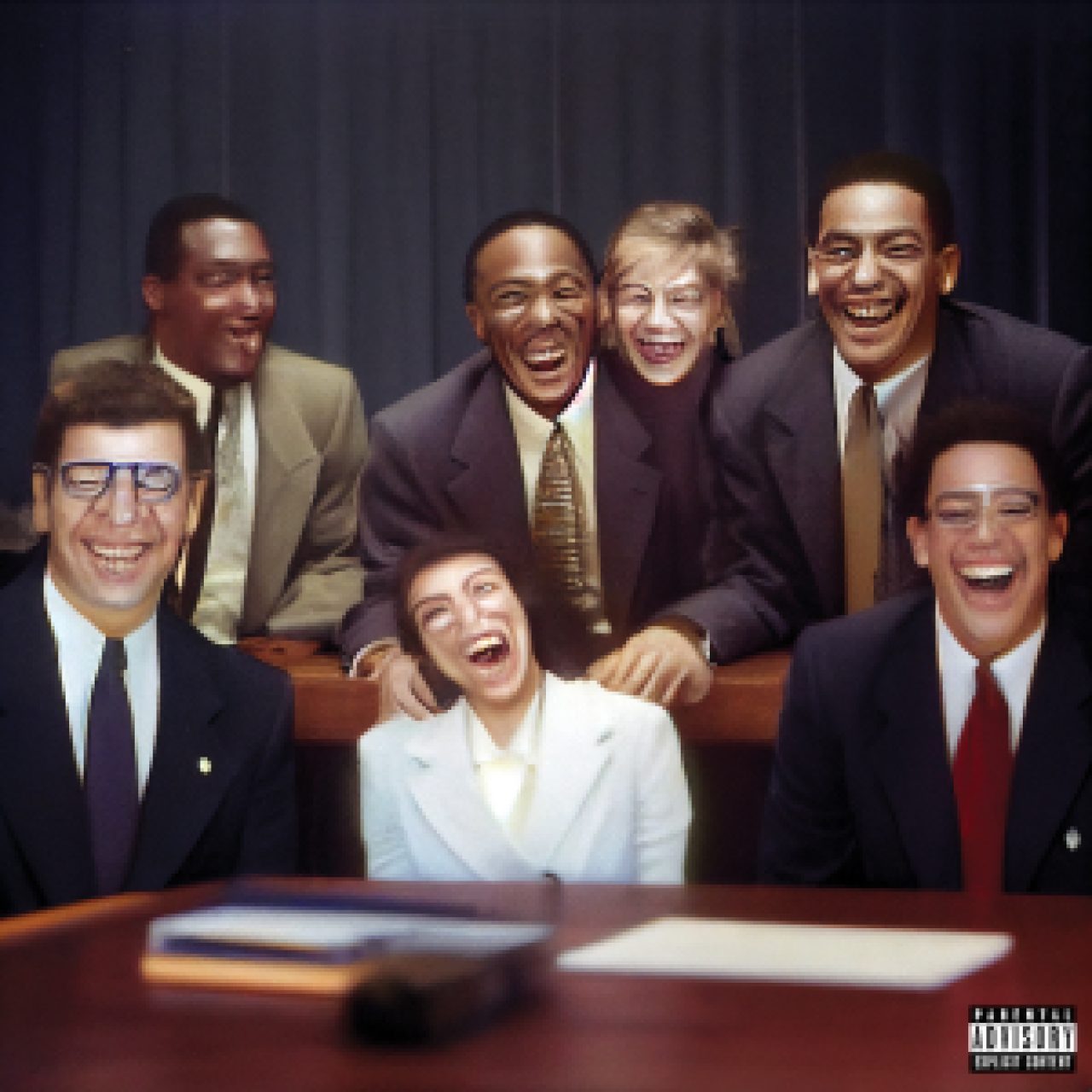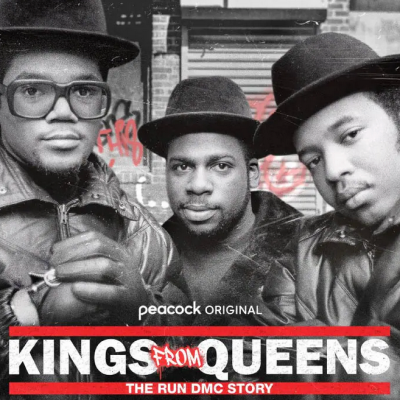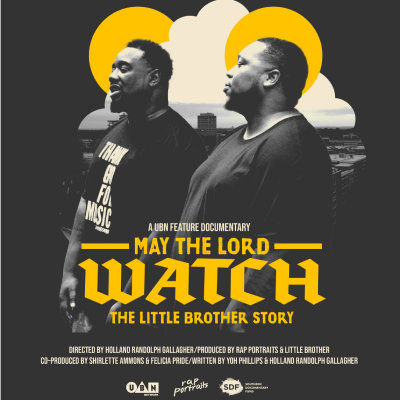Lil Yachty’s Let’s Start Here has earned notice for its decidedly space-y and vaporous tones, the result of a collaboration with Chairlift’s Patrick Wimberly, Jeremy “SadPony” Raisen and his brother Jeremiah (best known for work with Lizzo and Yves Tumor), and bassist Jacob Portrait of Unknown Mortal Orchestra. Yachty aims for Gen-Z psychedelic fervor: think Travis Scott, Tame Impala, and Swae Lee’s Swaecation half of Rae Sremmurd’s SR3MM. On “The Black Seminole,” Diana Gordon squalls as if mimicking Clare Torry in Pink Floyd’s “The Great Gig in the Sky.” For “I’ve Officially Lost Vision,” Yachty harmonizes, “I did way too much drugs, I’ve been swimming in space.” Texturally, Let’s Start Here is ear candy. Who doesn’t love laconic, shoegaze-y guitars? But it also seems banal. Given groundwork laid by similar explorers such as Andre 3000 and Kid Cudi, Yachty doesn’t commit much of himself. The predominant theme in this Urban Outfitters-bound soundtrack is molly-tinged dream-pop euphoria and coy sentiments like, “Meanwhile/You’re done/Had a little too much fun/I cannot stop touching you” on “We Saw the Sun.” Early praise for Let’s Start Here from industry mandarins such as Questlove and Apple Music’s Ebro Darden may have prompted backlash from a segment of rap fandom that objects to any whiff of maximalist stench. But give Yachty credit: He knows how to assemble and sequence an hour of shambolic melodic charms, even if his dusted symphony feels more like a wispy breeze than a desert storm. Guest vocalists include Justine Skye, Fousheé, and Daniel Caesar. Other producers include Jam City and Magdalene Bay. Tory Lanez’s name is in the credits for “Paint the Sky.” Do with that information what you will. Quality Control/Motown Records.
This post has been updated.
Humthrush.com will always be free to read and enjoy. If you like my work, leave a tip at Ko-fi.com/humthrush.


